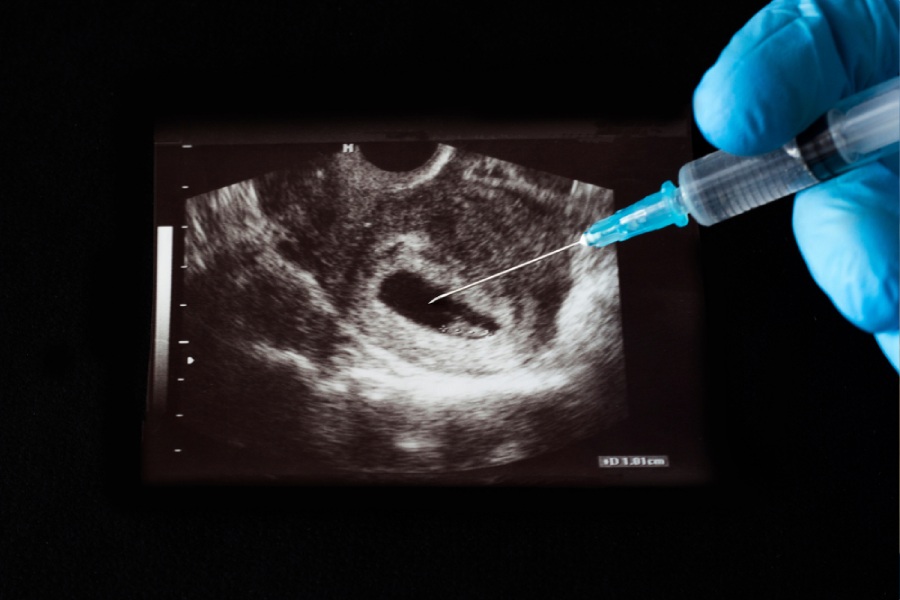Nearly 14 in every 100 Indian women marry first cousins or other close or distant relatives and face enhanced risks of spontaneous abortions, stillbirths and post-neonatal child mortality, new research on pregnancy outcomes among consanguineous couples has suggested.
Biological anthropologists in Calcutta who analysed data from two nationwide health surveys, however, have found no differences in child mortality between consanguineous and non-consanguineous couples whose children are older than 12 months.
“Consanguinity persists in 21st century India and its biological effects still pose a big threat to the foetus and the newborn,” said Subho Roy, professor at the Indian Statistical Institute (ISI), Calcutta, who has been studying how cultural factors impact population health. “But healthcare interventions might be erasing child mortality differences between consanguineous and non-consanguineous couples.
Roy and his colleagues pooled data from the National Family Health Surveys in 2015-16 and 2019-21 and found a nationwide consanguinity prevalence rate of 13.6 per cent among 1,008,000 married women — around 8.2 per cent close consanguineous and 5.3 per cent distant consanguineous.
The researchers classified first-cousin couples as close consanguineous and second-cousin couples, uncle-niece couples and marriages between other blood relatives as distant consanguineous.
The study found large geographic variations in overall consanguinity — 6.4 per cent in the north, 7.8 per cent in the Northeast, 8.8 per cent in the east, 10.6 per cent in central India, 14.3 per cent in the west and 26 per cent in the south.
Their analysis of pregnancy outcomes has shown that close consanguineous couples face a 32 per cent enhanced risk while distant consanguineous couples face a 62 per cent enhanced risk of spontaneous abortions or stillbirths compared to non-consanguineous couples. Their study has just been published in the journal Scientific Reports.
The findings are in line with multiple previous studies that have identified consanguinity as a risk factor for foetal survival. Consanguinity raises the risk of genetic disorders as it facilitates the transfer of two copies of potentially harmful genes — one from the mother, the other from the father — to children.
They observed similar patterns in post-neonatal mortality — deaths between 30 days and a year of age. Close consanguineous couples face a 49 per cent raised risk and distant consanguineous couples face an 87 per cent raised risk of post-neonatal mortality over non-consanguineous couples.
“The large differences in abortions, stillbirths and post-neonatal mortality between the close and the distant consanguineous couples is for now puzzling,” said Mir Azad Kalam, assistant professor at the Narasinha Dutt College, Howrah, and the study’s first author. “This could be a question for future research,” he said.
The researchers believe the lack of significant differences in child mortality beyond one year between the consanguineous and non-consanguineous couples is the result of socio-economic development and steady improvements in and access to maternal and child health services.
While access to child health services helps reduce child mortality rates for both consanguineous and non-consanguineous couples, Roy and his colleagues believe cultural factors may also be in play in reducing child mortality in homes with consanguineous couples.
“We have no immediate biological explanation for the differences in neonatal mortality between close consanguineous and distant consanguineous couples,” Roy said. “But we speculate that support for newborn care from other family members may be greater for close consanguineous couples than for distant consanguineous couples.”










